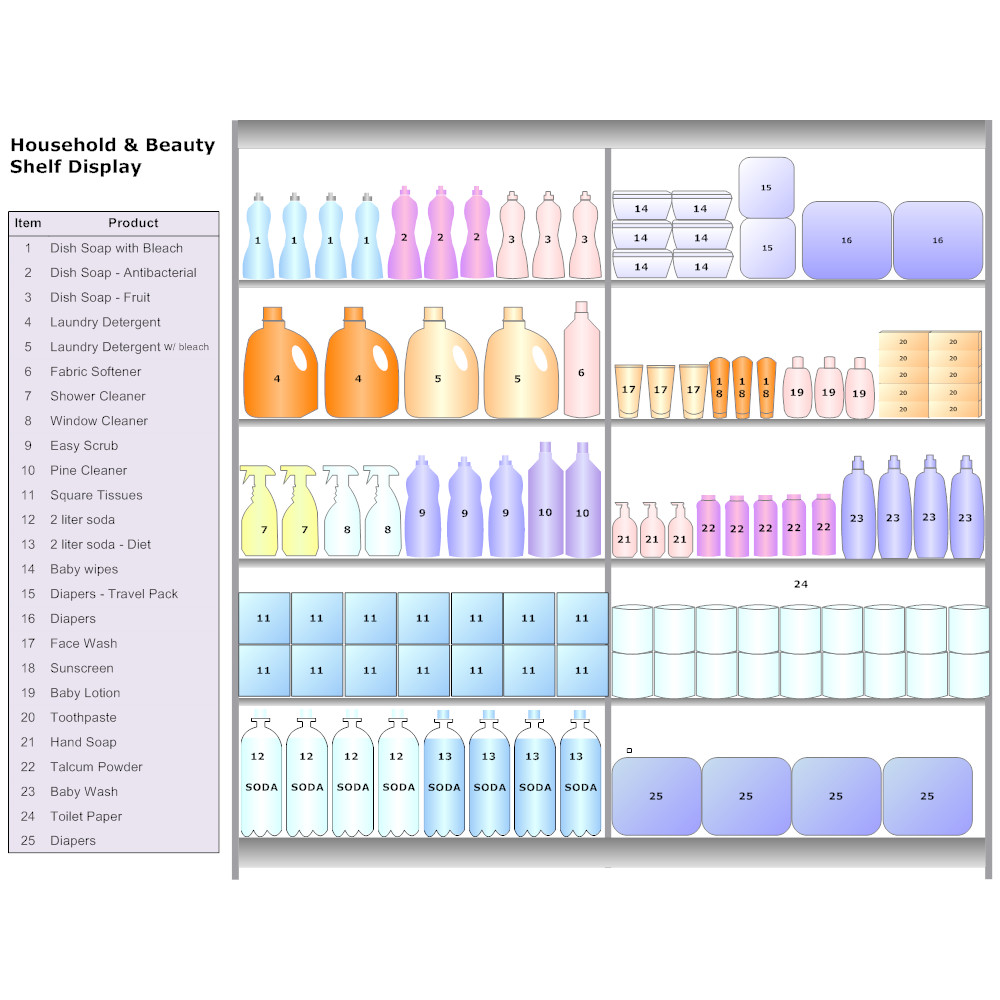


“Target effect” is when customers walk into the store to buy a thing or two but instead walk out buying more than they intended. The Target effect- a term coined by behavior analysts, psychologists, and passionate shoppers- proves that planogram compliance drives sales. This means managing thousands of product categories and hundreds of thousands of products across all its stores. In such cases, it is essential for the huge retail stores to provide a uniform customer experience to keep their brand image intact. It has nearly 1931 stores in the US alone. Target is one of the biggest retailers in the world. Advanced data integration could be an effective option for large-scale retail chains. However, it’s easier in smaller stores as they have a simpler and most probably one-dimensional user journey. While planogram analysis may look simple on the surface, there is a lot going on behind the scenes, which makes implementation a bit more complex. Read Also – The Future of Retail Post COVID-19: Innovation & Transformationīut the narrative is entirely different when it comes to giant retail shops. From this perspective, this can also be a guide to branding. Businesses can fine-tune this “user journey” with planogram analysis and compliance to provide a personalized, positive shopping experience.Ī positive shopping experience will increase the likelihood of the customers spending their purchasing power at your store, helping you gain a loyal “brand” advocate. Typically, a customer navigates through the retail store until they find the product they are looking for. Planogram analysis is the science of observing, understanding and elevating a customer’s shopping experience by optimizing the customer journey and shelf space to drive sales. While both are trying to provide the best customer experience possible in their ways, planogram analysis can revive and accelerate a humongous $23 trillion retail industry without compromising on the former. Reliability is a crucial factor in any business model, but it’s only a matter of time before ecommerce will catch up on this. But one huge advantage that retail sectors have over the ecommerce platforms is reliability! In a digital age where every brand is focusing on their ecommerce strategies, planogram analysis and predictive analysis could help retain the retail’s spot among consumers.Įcommerce has multiple advantages over the retail industry with its fast buying process, targeting and remarketing strategies, going international, etc.

The retail industry can be best described in two words- space and sales, both of which constitute the basis of the planogram analysis. If paired with the right type of strategy, it can drastically change the customer experience and be a part of the overall digital ecosystem of a consumer. Overview: Planogram analysis- a lesser-known term that would soon elevate the retail industry and lay the foundation for smart stores.


 0 kommentar(er)
0 kommentar(er)
